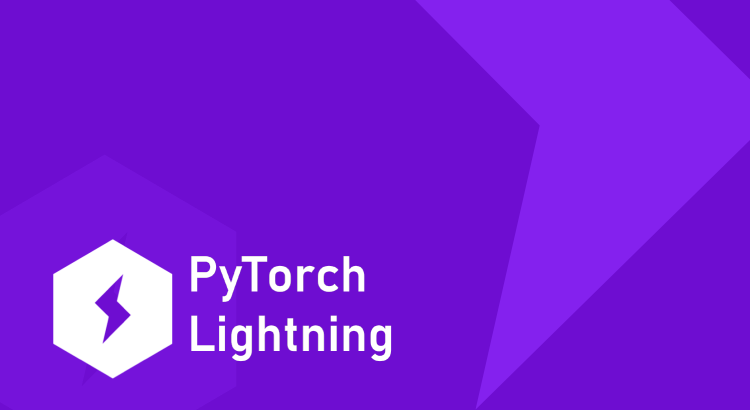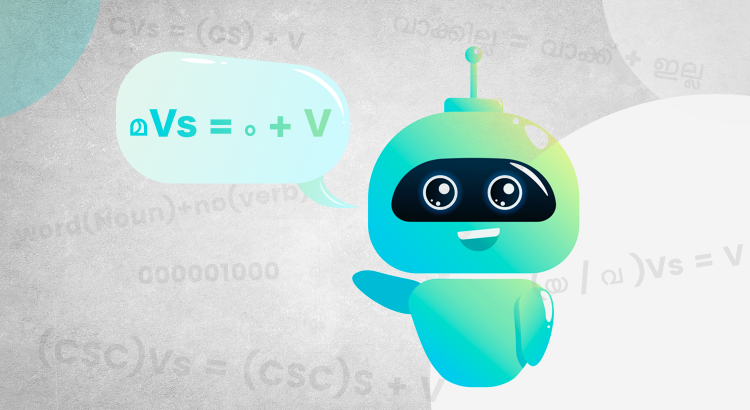Graph Neural Networks (GNN) have proven their capability in traffic forecasting, recommendation systems, drug discovery, etc., with their ability to learn from graph representations. What I'm going to do here is take you through the working of a simple Graph Neural Network and show you how we can build a GNN in PyTorch to solve the famous Zachary Karate Club node classification problem.
(more…)


